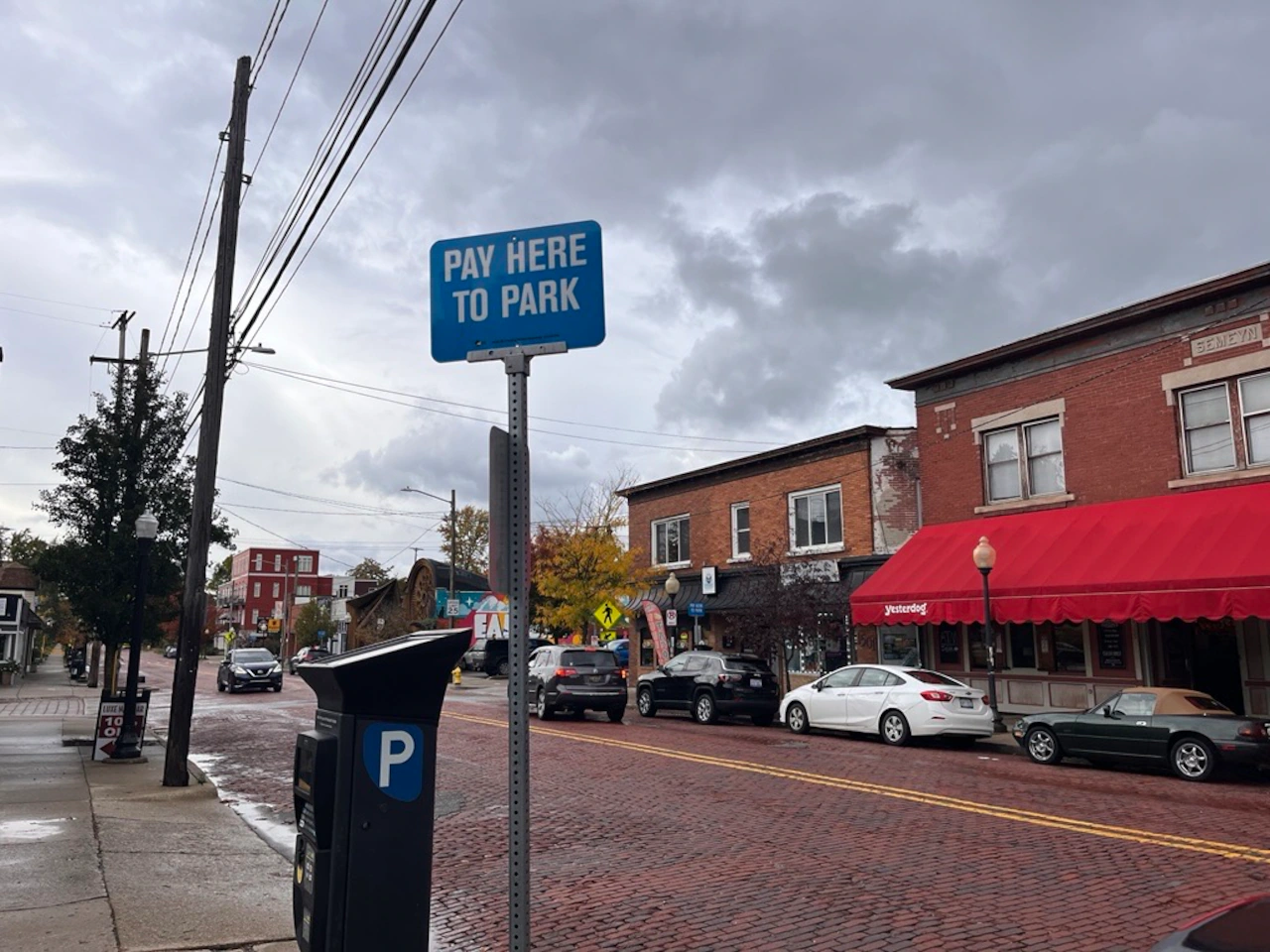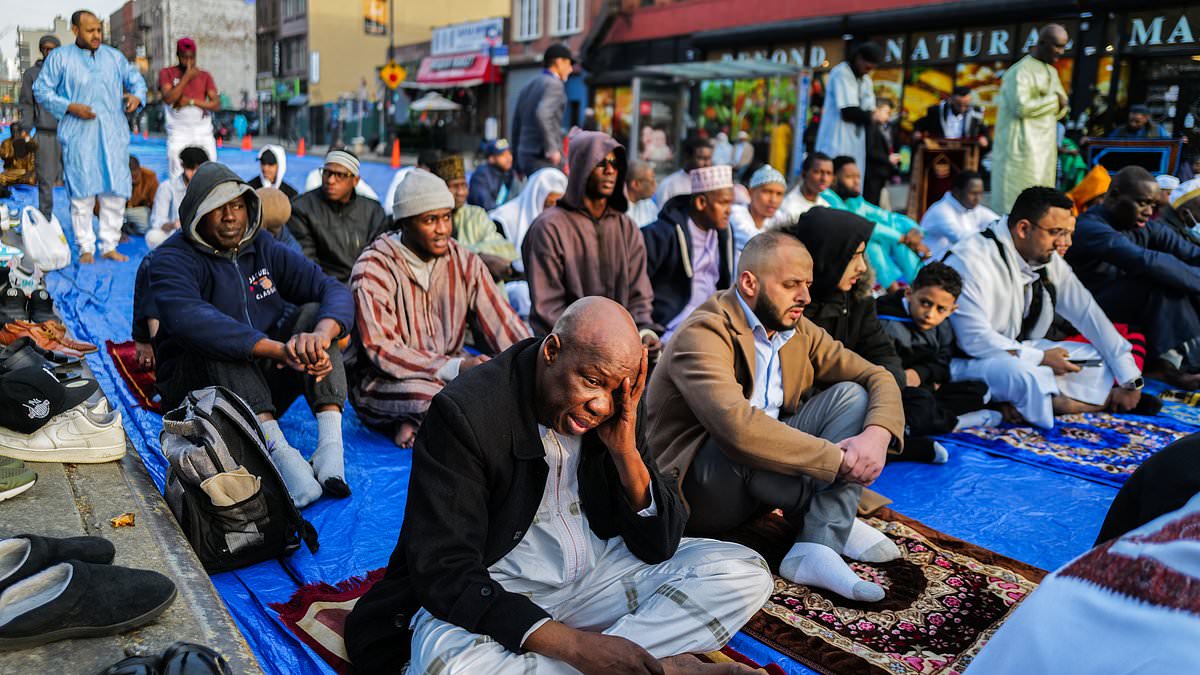Copyright M Live Michigan

GRAND RAPIDS, MI – Dozens of business owners in Grand Rapids’ Eastown neighborhood are in opposition to a plan to replace some street parking with bike lanes on Wealthy Street. Proponents of the project, including residents and cycling advocates, argue the project would make the area safer for bicyclists, aligning with the city’s long-term goals to create a more bikeable and walkable community. However, business leaders are asking the city to reconsider the project due to the negative impact they say it will have on restaurants and shops in the area. The project came under heavy debate at the Tuesday, Oct. 21 Grand Rapids City Commission meeting, where over a dozen people shared their opinions in favor of and against the proposal. Although the project was not on the agenda and is not scheduled for city approval anytime soon, residents and business owners spent more than an hour of public comment Tuesday debating whether the project was right for Wealthy Street. The debate was prompted by a community engagement meeting held by the city last week to share the street redesign with Eastown residents. Many business owners are now asking city officials to pump the brakes on the project and take their input into account. The project, which would happen in phases beginning next spring, would include the replacement of the water main and water service lines, reconstruction of the street and curbs, replacing the brick in the street, installing greenway infrastructure and planting new street trees. Most notably for many residents, the project would also remove parking on the north side of Wealthy Street from Fuller to Lake Drive to install raised bicycle lanes on both sides of the street. Around 24 of the existing 48 legal street parking spots from between Carlton and Lake Drive would be removed as a result of the project, said Deputy City Manager Kate Berens. Thirty Eastown business owners have signed a letter opposing the project. Shawna Bouwkamp, the owner of The East Building at 1514 Wealthy St. SE, said many business owners felt blindsided by the plan, claiming the proposal was not communicated effectively with the community and that their input was not considered. Bouwkamp said businesses are already struggling to stay afloat, and the removal of convenient parking for customers could be the final nail in the coffin by causing lower foot traffic and sales. “This project will shut down Eastown and make it a ghost town,” she told commissioners. Another top concern shared by business owners was that the loss of street parking would eliminate loading zones for Uber Eats and DoorDash drivers, which are vital to so many businesses these days, said Sarah Wepman, the owner of Quarantino’s and Early Bird. “I would say 50-75%, like our restaurants, are dependent on third-party delivery pickup,” she said. “Everyone is on the cusp every single day. There’s just been a new rash of restaurants that have gone out of business. It is excruciating. And taking away something as necessary as a loading zone, for us to be able to exist… it’s just absolutely debilitating.” Opponents of the project also argued that bikes make up a very small percentage of traffic in Eastown, and that their needs should not be prioritized over cars. However, Andrew Carley argued more people will cycle through the area if there is safe infrastructure to do so. “If you build it, they will come,” said Carley, who is the director of outreach at Strong Towns Grand Rapids, a group that advocates for safer streets. Some residents and cycling advocates argued adding bike lanes is the safest and most productive use of street space as the city works to make Grand Rapids more cyclist and pedestrian friendly. “I think too much of the bad urban design in our country and in our neighborhoods comes from decades of prioritizing business interests and car-centric transportation above the broader needs of the community,” said resident Ben Gritter, who also serves on the Eastown Community Association board. “I would urge the city not to make the same mistakes. Of course business interests are important, but they are one voice among many and should be treated as such.” Making Grand Rapids’ streets safer for pedestrians and cyclists was one of the long-term goals prioritized in the city’s 20-year master plan, passed by the city commission last year. As the city works to achieve those goals, City Manager Mark Washington said there will be many more conversations and “tough choices” ahead about how to balance parking and micro mobility. “If it is the preference of this body (the city commission) to prioritize a certain type of infrastructure in neighborhoods and communities, then that is what ultimately gets executed, and potentially will cause some of the conflict that we’re hearing,” he said. The Wealthy Street reconstruction project has been in the works for several years, with the city first informing nearby residents of the proposed project in April 2022. The Grand Rapids City Commission would not approve the project plans itself, but rather construction and engineering contracts for the project, Berens said. Concept plans of what the street design would look like are available on the Oct. 16 slideshow presentation on the city’s website, linked here. The first phase of construction would start on Wealthy Street from Fuller to Benjamin, Berens said. The full Wealthy Street reconstruction would run through 2028, according to the slideshow presentation.



